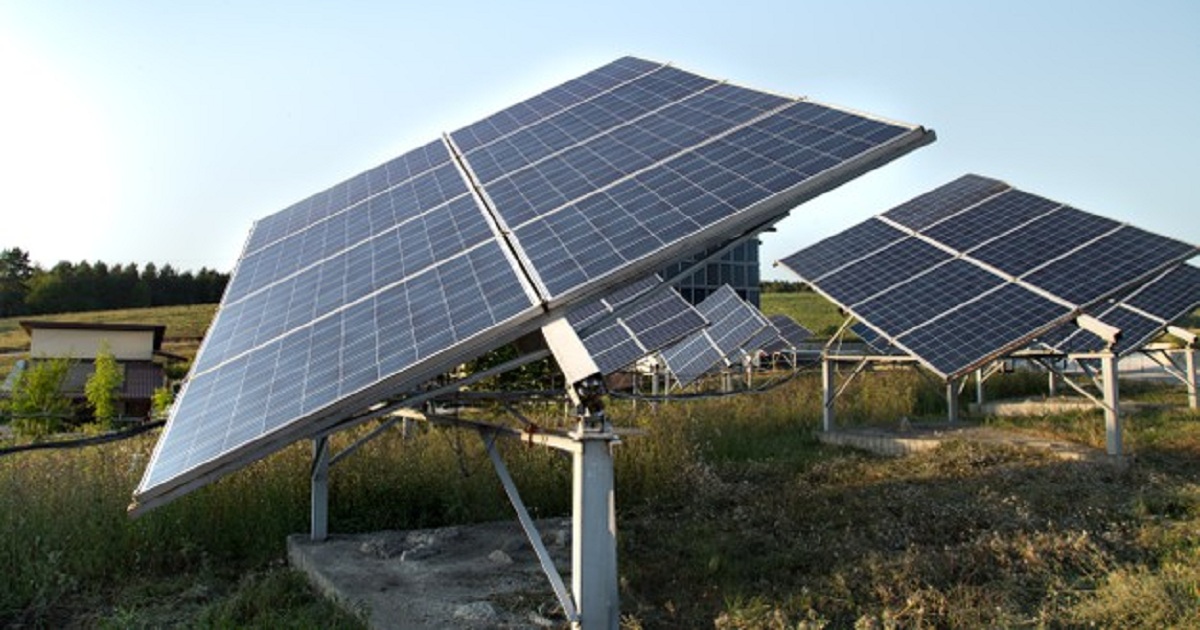With Over 110 Suppliers, Apple leads the Way in New Renewable Energy Solutions

Apple revealed today that over 110 of its manufacturing partners around the world are transitioning to 100 percent green energy for Apple production, with almost 8 gigawatts of sustainable energy expected to come online. When completed, these commitments will eliminate over 15 million metric tonnes of CO2e each year, which is the equivalent of eliminating more than 3.4 million vehicles from the road. Besides, Apple is investing specifically in clean energy initiatives to reduce some of the upstream emissions, as well as a large energy storage facility in California to explore new renewable infrastructure solutions.
“We are strongly dedicated to assisting our suppliers in being carbon neutral by 2030 and are delighted that businesses who have joined us span industries and countries worldwide, including Germany, China, the United States, India, and France,” said Lisa Jackson, Apple's vice president for Environment, Policy, and Social Initiatives. “In a year unlike any other, Apple continued to collaborate with a multinational network of colleagues, businesses, and advocates to help make our sustainability policies and everything we do a force for good in people's lives — and to engage with the communities most affected by climate change.”
Last July, the company revealed its intention to reach carbon neutrality through its entire business, manufacturing supply chain, and product life cycle by 2030. Apple has greatly expanded the number of its vendors switching to clean energies since the launch. Apple's global business activities are now carbon-neutral, and this recent pledge ensures that by 2030, any Apple product sold will have a net-zero climate impact. The organization also revealed new information about its $4.7 billion Green Bonds investment to fund sustainability efforts around the world.
Supplier Commitments and Global Energy Projects
Apple is actively designing innovative technologies for its suppliers to help them achieve their solar energy targets and deliver new clean energy to cities around the world. In Europe, DSM Engineering Materials' wind power acquisition agreement is delivering new green energy to the Dutch grid, and STMicroelectronics' solar carport in Morocco is helping to support regional energy generation. After joining Apple's Supplier Clean Energy Program five years ago, companies like Solvay are now extending their use of green energy for their larger activities. Alpha and Omega Semiconductor, Marian, The Chemours Company, and Trinseo have all recently committed to the program in the United States. Also, 15 Chinese vendors have entered Apple's program since July 2020.
Using the expertise obtained from Apple's transition to 100 percent green energy with its vendors, the organization connects them to tools and training materials with country-specific details to help them make the transition to renewables. Apple also educates its vendors through specialized and personalized training with industry leaders. Besides, the organization promotes the creation and extension of green energy business groups, which its vendors will join to learn about local opportunities.
Suppliers have few opportunities for accessing renewable energy in many of the countries where the company operates. To address this hurdle, Apple founded the China Clean Energy Fund, which helps Apple and its suppliers to invest in clean energy projects totaling more than one gigawatts of renewable energy in China. Apple also links suppliers to options to procure green electricity directly from project developers and utilities as these models evolve around the world.
In the future, Apple will collaborate with its vendors to share lessons learned from the next frontier of Apple's green energy efforts investing in storage systems for renewable sites.
Energy Storage and 2030 Progress
California Flats, one of the country's biggest battery projects, is being built by Apple. It is an industry-leading, grid-scale energy storage facility capable of holding 240 megawatt-hours of energy, enough to fuel over 7,000 homes for one day. By storing surplus electricity produced during the day and distributing it when it is most appropriate, this project supports the company's 130-megawatt solar farm, which supplies all of its renewable energy in California.
Wind and solar power are the most cost-effective new sources of energy in many parts of the world, but their unreliable existence has hampered widespread acceptance. Energy storage, which can store produced energy before it is required, is one alternative to intermittency. Apple is investing in utility-scale storage and research into emerging energy storage technology in California, while also expanding distributed storage capacities in Santa Clara Valley via Apple Park's microgrid.
Overall, Apple has reduced its carbon emissions while increasing its net sales. The company's footprint has shrunk by 40%, showing steady progress toward its 2030 target, and it has avoided more than 15 million metric tonnes of emissions by initiatives to use low-carbon products, improve energy usage, and transition to clean energy.
With the launch of the Macintosh in 1984, Apple revolutionized personal electronics. With the iPhone, iPad, Mac, Apple Watch, and Apple TV, Apple now leads the world in creativity. Apple's five software platforms — iOS, iPadOS, macOS, watchOS, and tvOS — offer cohesive interfaces for all Apple devices and allow users to take advantage of ground-breaking services such as the App Store, Apple Music, Apple Pay, and iCloud. Apple's more than 100,000 employees are committed to creating the best things on the planet and leaving the world a healthier place than we found it.